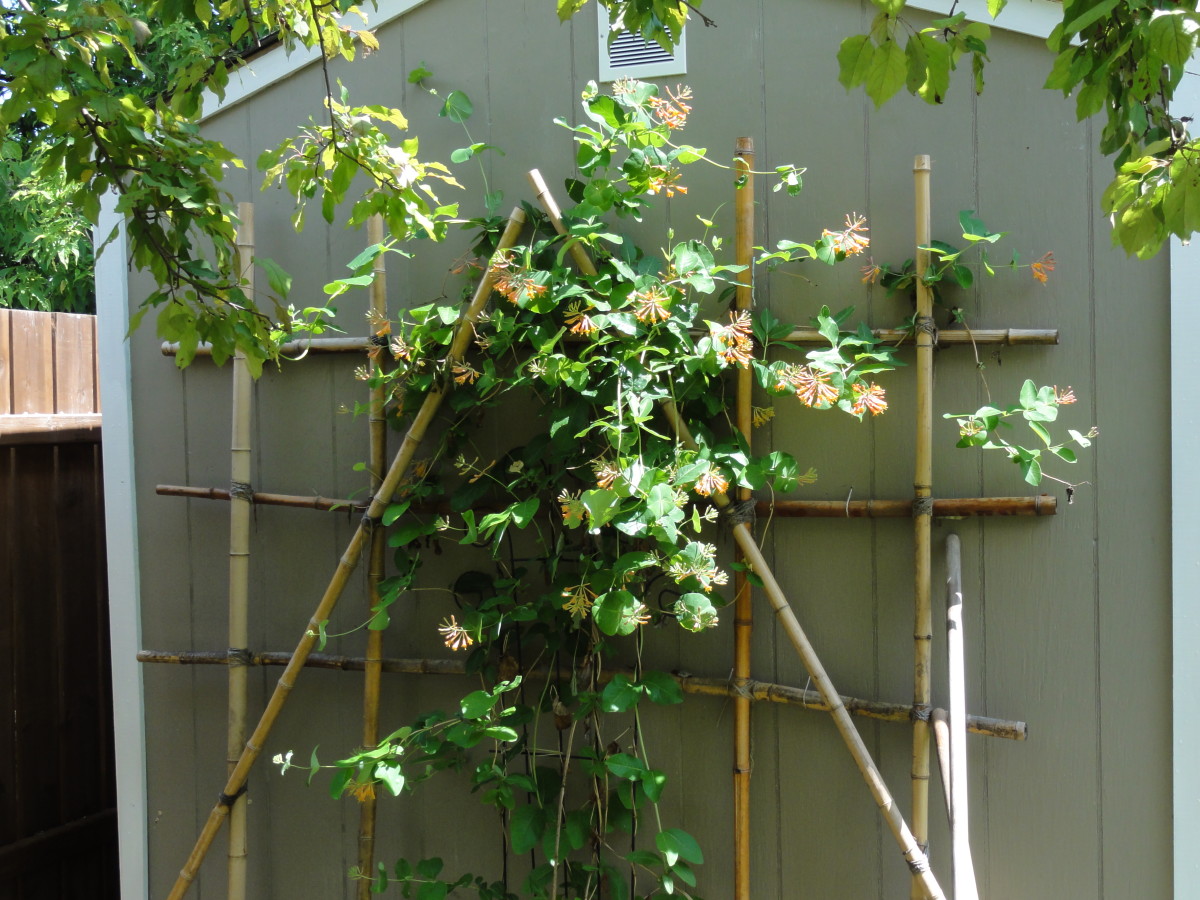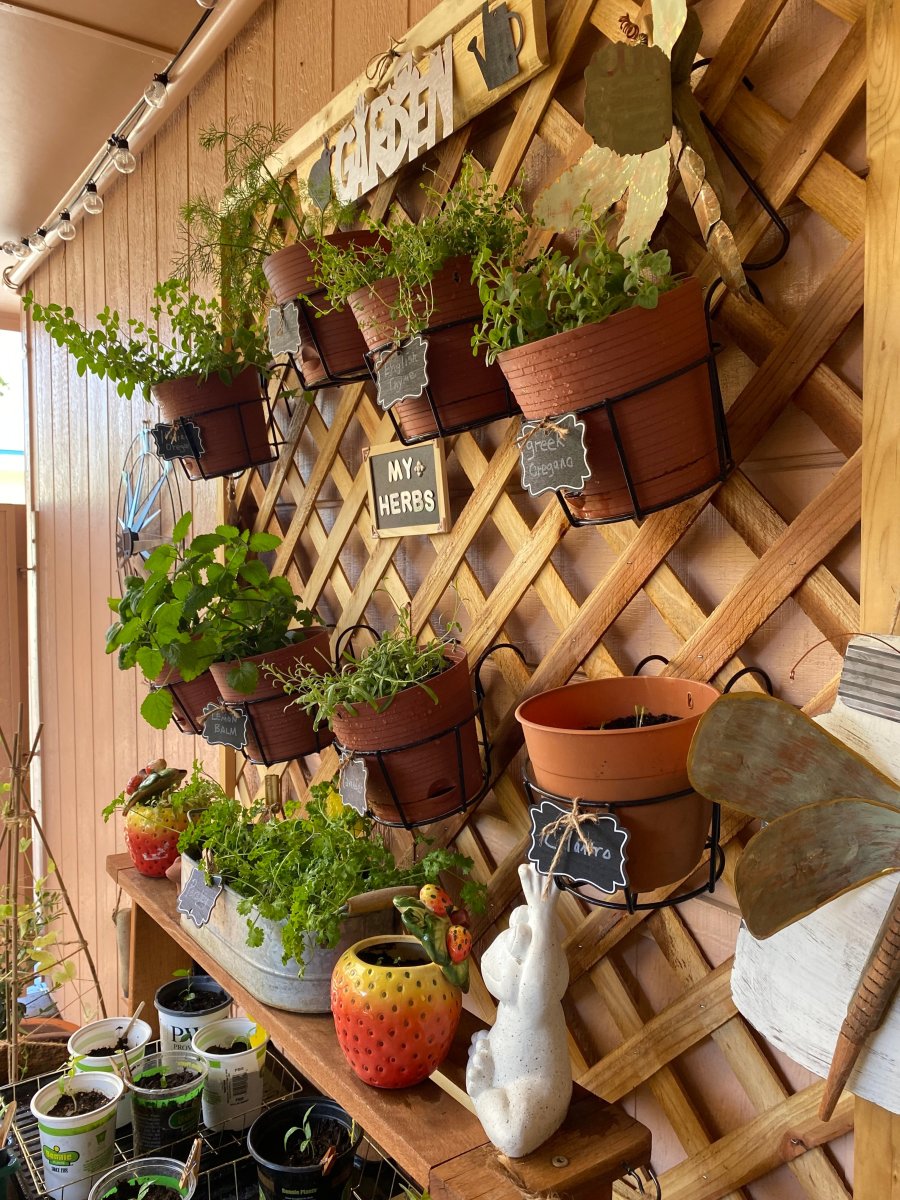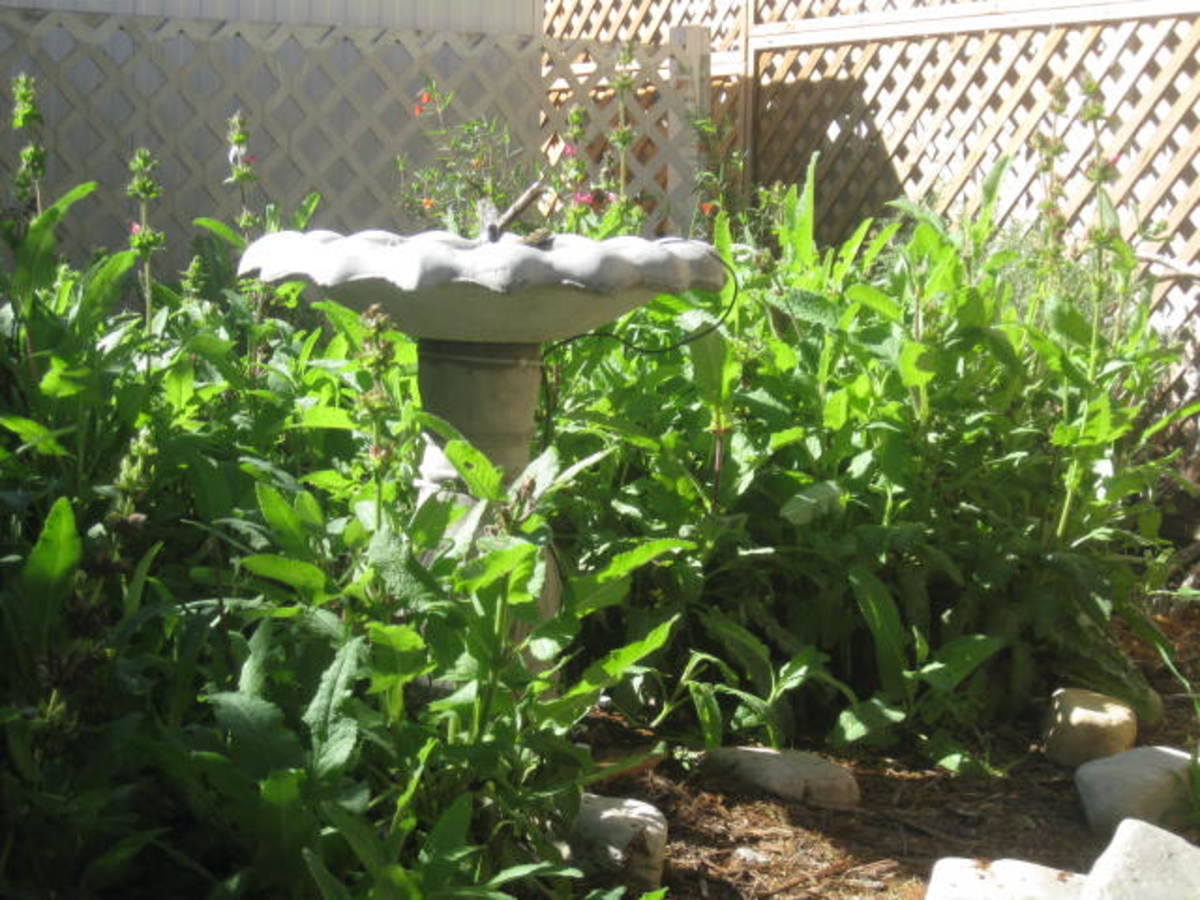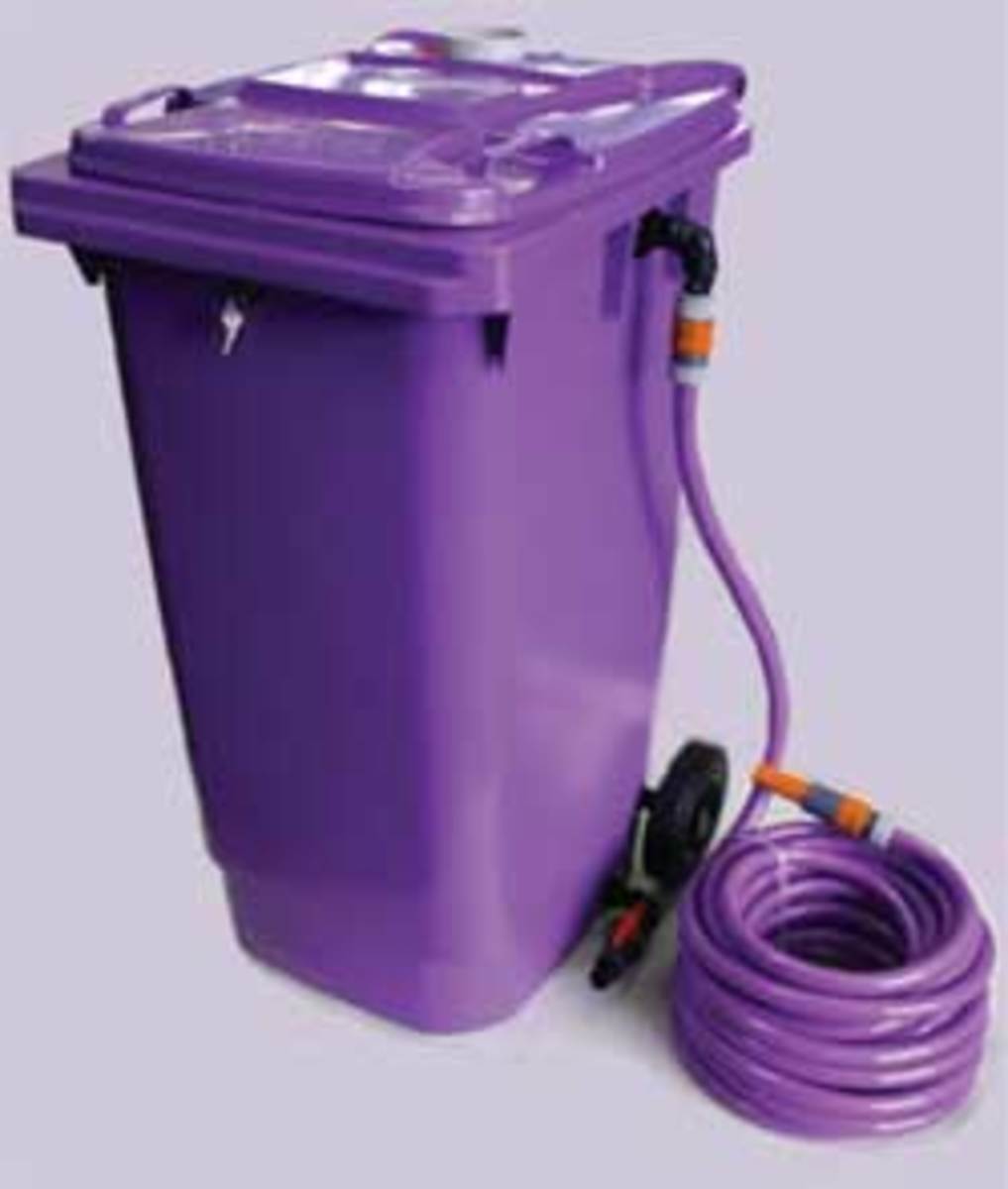Gardening | Garden Plants | Building Natural | Trellises | Supports
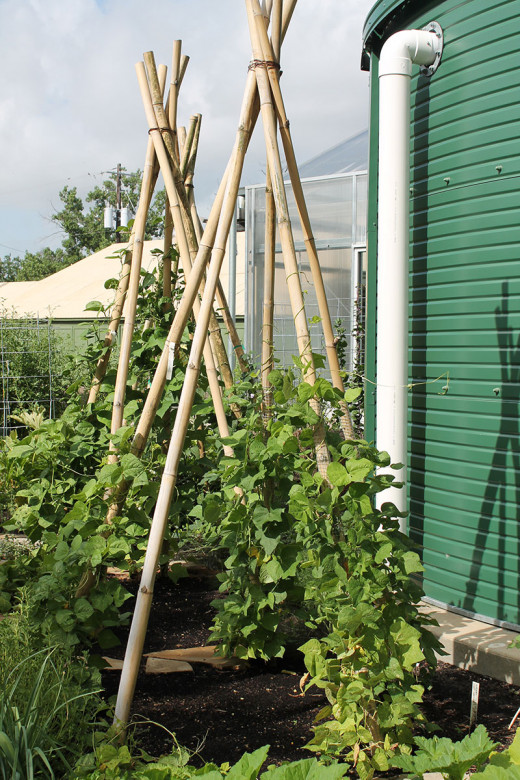
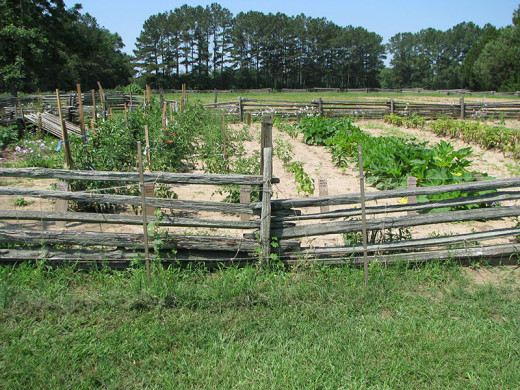
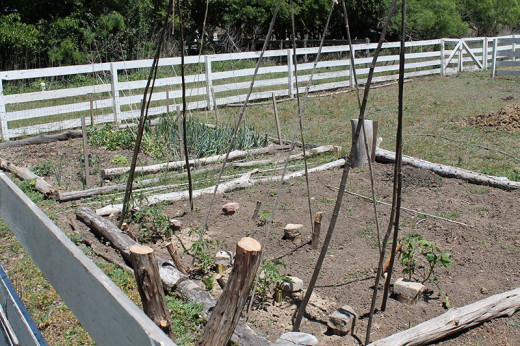
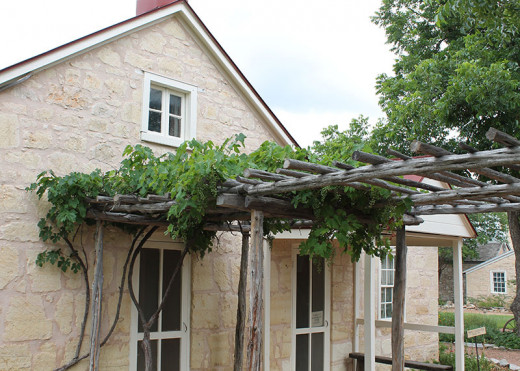
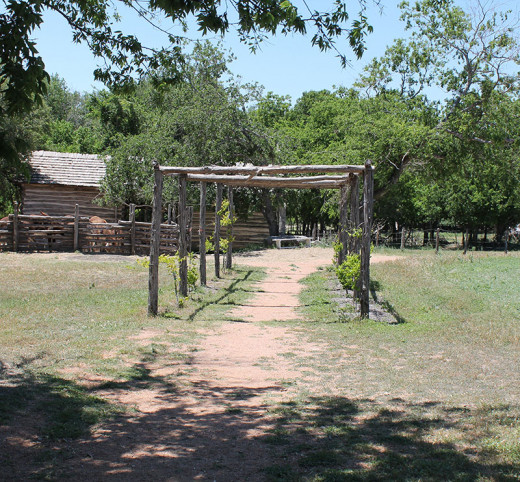
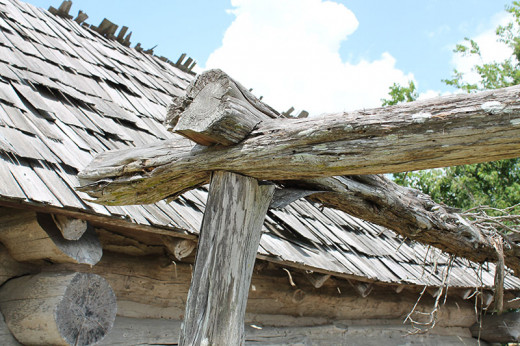
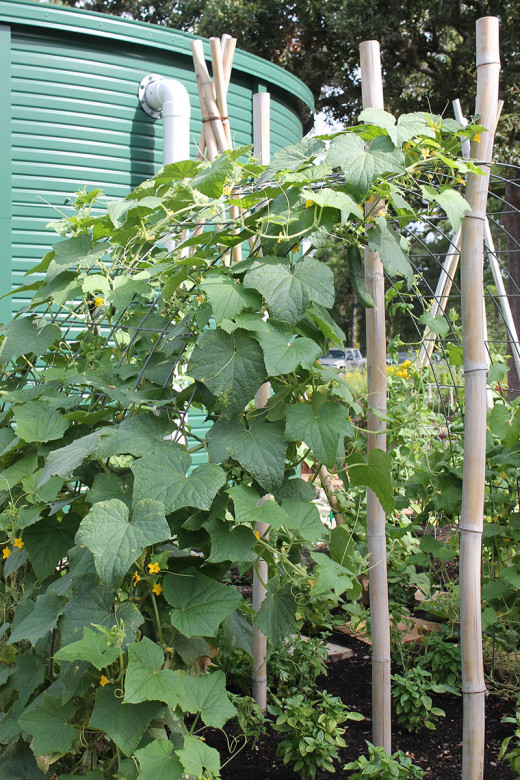
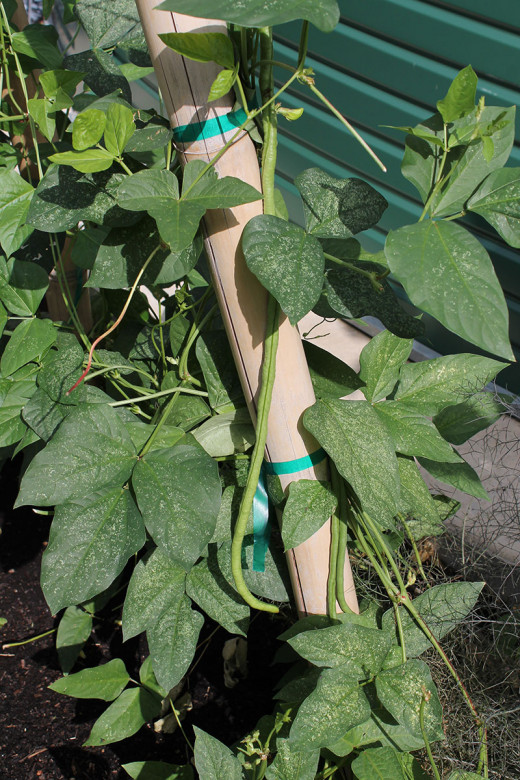
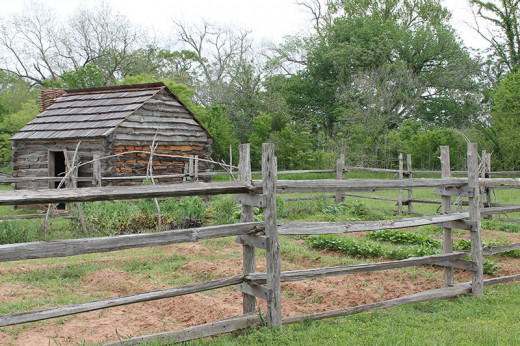
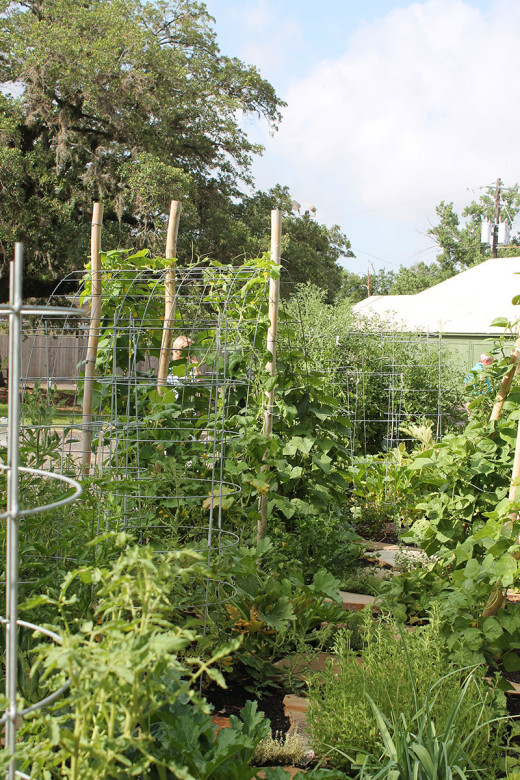
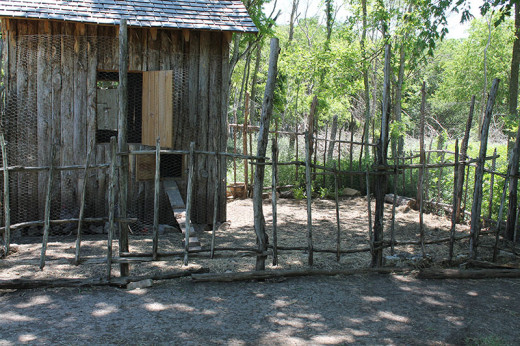

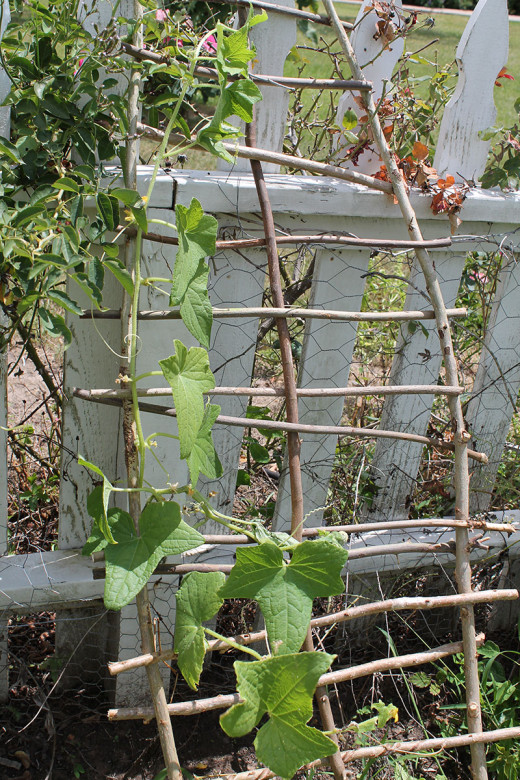
How to use natural materials to build garden plant supports and trellises.
Natural garden supports and trellises add to the organic garden theme.
By going vertical rather than horizontal trellises allow you to grow several plants and vegetables in rather small spaces.
Many who would live on small lots or have limited green spaces feel they are unable to grow a garden.
By using trellises and supports you will be amazed at how many different things that you can actually grow in small areas.
Trellises and supports can be used in a traditional garden, raised garden or even in patio container gardens.
Natural materials are also generally free for the gathering and are more earth friendly.
There’s just something about digging in the dirt and planting all natural and organic as possible.
We are in an era where reducing our carbon foot print is an important factor in shaping and building a future for our kids.
As we introduce our kids to gardening, let’s also introduce them to using natural materials to build plant supports and trellises.
If done correctly natural materials such as logs, sticks, and bamboo will also enhance the look of any garden space.
A plant support can be as simple as a single stake in the ground alongside a growing tomato plant to a sophisticated woven mesh climbing wall or trellis.
The most common structures use three poles set up like a tripod or tepee frame and wired together at the top.
When it comes to large and small gardens it’s also OK to think outside of the row.
Plants will grow and pollinate just fine when they are mixed up and allowed to grow over the top of others by using arbors and trellises.
Throw out the thinking about cross pollination concerns of some ken folk plants like cucumber and squash.
Do try to plant cucumber and squash in different locations each year.
Tiny garden spaces may make this impossible unless you have several tiny pod gardens located around different areas.
If you’re into saving seeds for next year’s crop you might end up with a new hybrid mix, but this old timers tale about cross pollination has little merit.
Some of the pictures using bamboo are from the Houston Texas Parks Horticulture demonstration project.
This demonstration project shows Houston residents how to grow vegetable and flower gardens in very limited spaces.
Bamboo makes super strong natural garden structures. They are using a clumping variety of bamboo that grows only in one area.
If you plan on planting bamboo you will want a clumping variety to keep it from taking over your property and causing problems with the next door neighbors.
For those that have out of control bamboo, they will probably be grateful for someone to come and help harvest some.
The Houston Parks Horticulture demonstration project also use rainwater collection and sustainable natural supplies to demonstrate how easy it is to garden in any space.
The large green tank in the middle of the demonstration gardens is a 10,000 rainwater collection tank used to collect water from the roofs of large green houses.
These green houses are used to grow plant for area Houston parks.
Collected rain water is used to irrigate the demonstration gardens.
Rainwater can also be collected in 55 gallon barrels hooked into a homes rain water gutter system.
Rainwater is considered more natural for plant irrigation than treated tap water.
The tall bamboo poles arranged in a tripod are used to allow vine plants to wrap around and grow upward.
The plants pictured growing on them are long string beans. These are not your typical green pole green beans, these beans grow long and skinny over a foot long.
The bamboo is a perfect trellis for them as they like to climb up around cylinder type of objects.
The tall poles allow the beans to stay up off the ground and are easier to see and pick.
Some florist tape, ribbon or other plant friendly strapping may need to be used to secure and train new vines to the post.
The arched trellis uses a galvanized cattle panel supported by bamboo.
The natural way to do this arched trellis project would be to use long green sticks bound together to form the arch and then cross weave other sticks across to form the gird work.
Having an arch like this to grow cucumbers allows all the open space underneath to also be used for other plants.
This is where making the best use of the vertical space in a small garden really makes the difference.
Long green sticks can be woven together to make climbing walls for pole beans, cucumbers, and other vine plants that don’t bear heavy fruits.
The basket weave design can be used on any size of trellis. The one in the picture is a one sided, but could be made with four sides to make a climbing tower.
The basket weave requires two sides and at least one center. The starter row and the top will need to be nailed or wired together.
Then each row is basket weaved rotating on the top and bottom of the center stick(s). Just with the pressure of the rotating basket weave will allow enough pressure to hold the structure together.
Once a support trellis becomes covered with vines and large leaves it will catch the winds.
The trellis will need to be secured with post in the ground or built to support itself from blowing over during windy periods.
Keep in mind heavy fruiting plants like melons will need to be left on the ground as the vines will likely be unable to handle the weight of the fruit at maturity.
On a larger scale grape arbors can be constructed using post and pole construction. This type of construction will eventually hold a lot of weight.
These also make nice patio or sun shade covers.
To make a strong and safe cover the construction should be done to last for years.
This can be accomplished by either drilling and pegging the cross members to the upright post, drilling through for a bolt and nut, or notching them into the tops.
The objective is to have as much of the bearing weight to be supported on the top of the post rather than relying on nails or wiring.
Corner brace supports can also be mitered and added in the corners using the same construction methods.
More permanent in ground post for a grape arbor or trellis should utilize cedar, locus or other rot and termite resistant woods.
As you will note in the pictures sticks and logs can also be used to build garden fences and even gates.
Pictures are supplied by Cottage Craft Works .com.
An old fashioned style general store committed in helping people find a more self sustaining living life style through information and back-to-basic products.
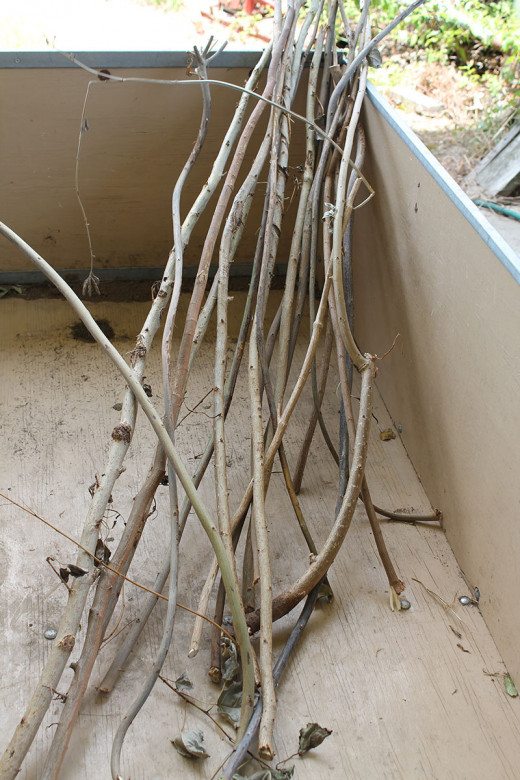
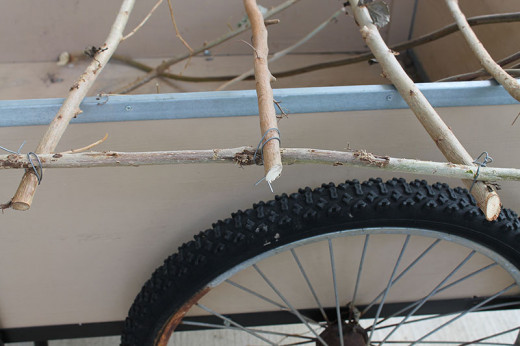
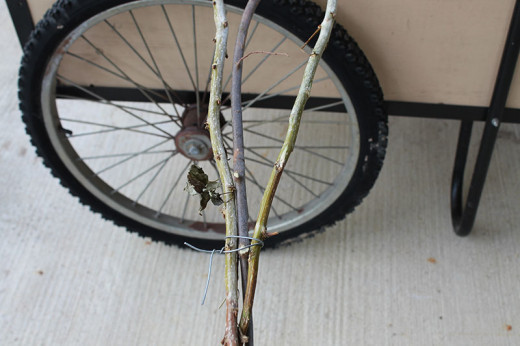
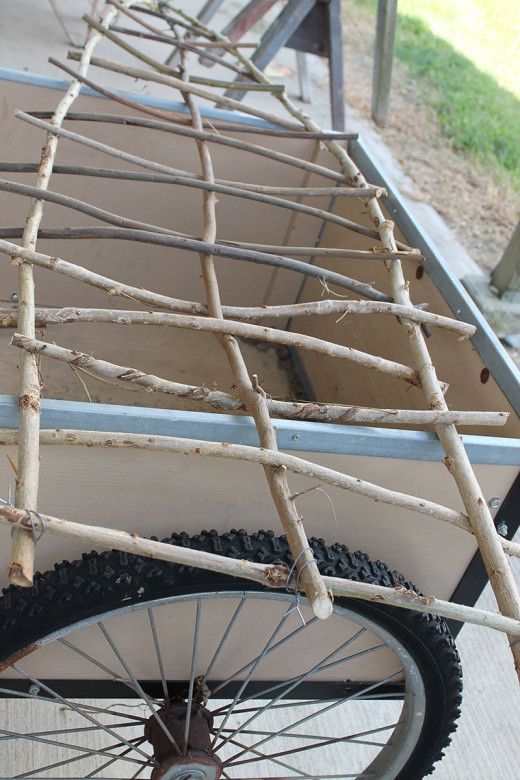
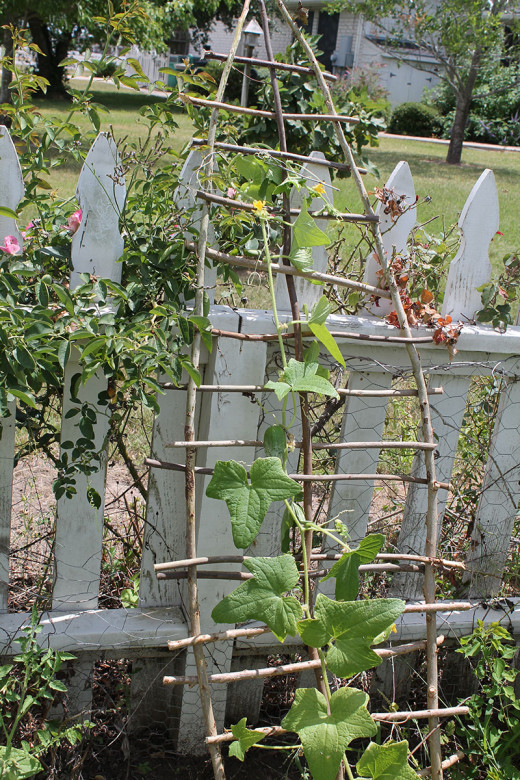
How to make a stick trellis in minutes
1. Gather several long straight sticks of similar sizes. The ones pictured came from popular tree sprouts.
2. Select the upright sticks that will form the outside and the inside for the basket weave pattern. It will take at least three up rights to do the basket weave. Add more uprights spaced evenly depending on the width of trellis you're wanting to make.
3. Place the 1st cross stick and either wire or nail it to the uprights.
4. Either wire the top of the uprights together to form a pointed top or use another cross stick wired or nail for a straight trellis.
5. Add the second cross stick from the bottom reversing the basket weave.
6. Add the next and remaining cross sticks alternating the basket weave pattern until you reach the top.
7. Wire or nail the cross sticks that seem loose, the structure will hold together with the basket weave pattern.
8. secure it to a post or up right and start the vine.
Four of these wired together will make a pyramid trellis or tomato cage. Taller ones can be made for cucumber plants.

